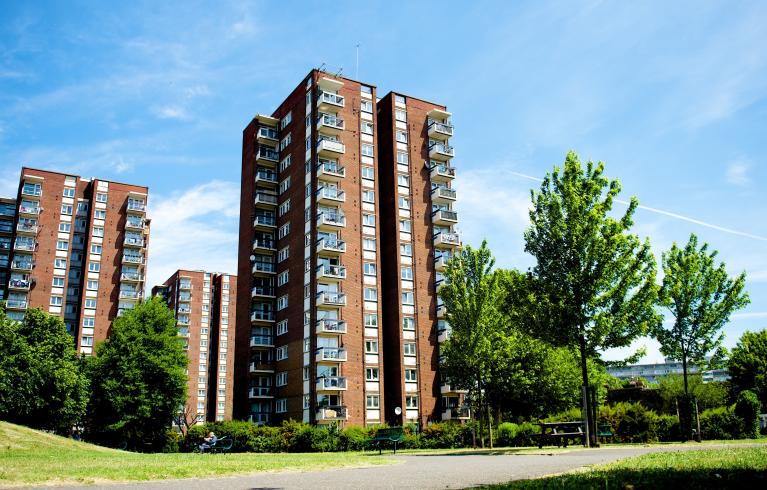
Key information
Publication type: General
Publication date:
Contents
Creating benchmarks for cooling demand in residential development
Overheating in homes (and associated increased demand for cooling such as air conditioning) is the phenomenon of a person experiencing excessive or prolonged high temperatures within their home, resulting from internal and/or external heat gains, and which leads to adverse effects on their comfort, health or productivity. Overheating disproportionality affects vulnerable members of the community such as elderly.
Overheating in homes is being increasingly recognised by the building industry as a significant and growing problem given:
-
Increasing average temperatures and hotter summers due to climate change.
-
A growing and ageing population.
-
Urbanisation and increasing housing densities.
-
Construction practices – improving energy efficiency to meet higher standards and air tightness for winter; and increasing glazing proportions.
What we’re doing to help prevent overheating and reduce cooling demand
We’re helping developers of new homes in London to ensure potential for overheating is considered early in the planning and design process. We have commissioned research Creating benchmarks for cooling demand in new residential developments to develop a set of good practice cooling energy demand benchmarks for typical apartment dwelling types, based on reasonable design measures.
The research establishes good practice benchmarks based on dwelling designs which include reasonable design measures to reduce the need of active cooling and the risk of overheating in compliance with the cooling hierarchy identified in London Plan Policy 5.9. In summary it finds:
-
Climate change will have a big influence on the ability of a passive design strategies for new development to be effective in the long-term.
-
There is no ‘one size fits all’- design approaches should be bespoke to type of building, occupants, expected lifetime and location.
-
The ability to naturally ventilate a dwelling has a major impact on its cooling demand, however, this benefit will reduce as external conditions get warmer.
-
Building designers should maximise opportunities for cross ventilation.
The research includes a simple checklist which can be used to help determine level of overheating risk and compliments existing guidance that we issue to developers when preparing energy assessments for new development.
Related documents
Overheating and cooling demand